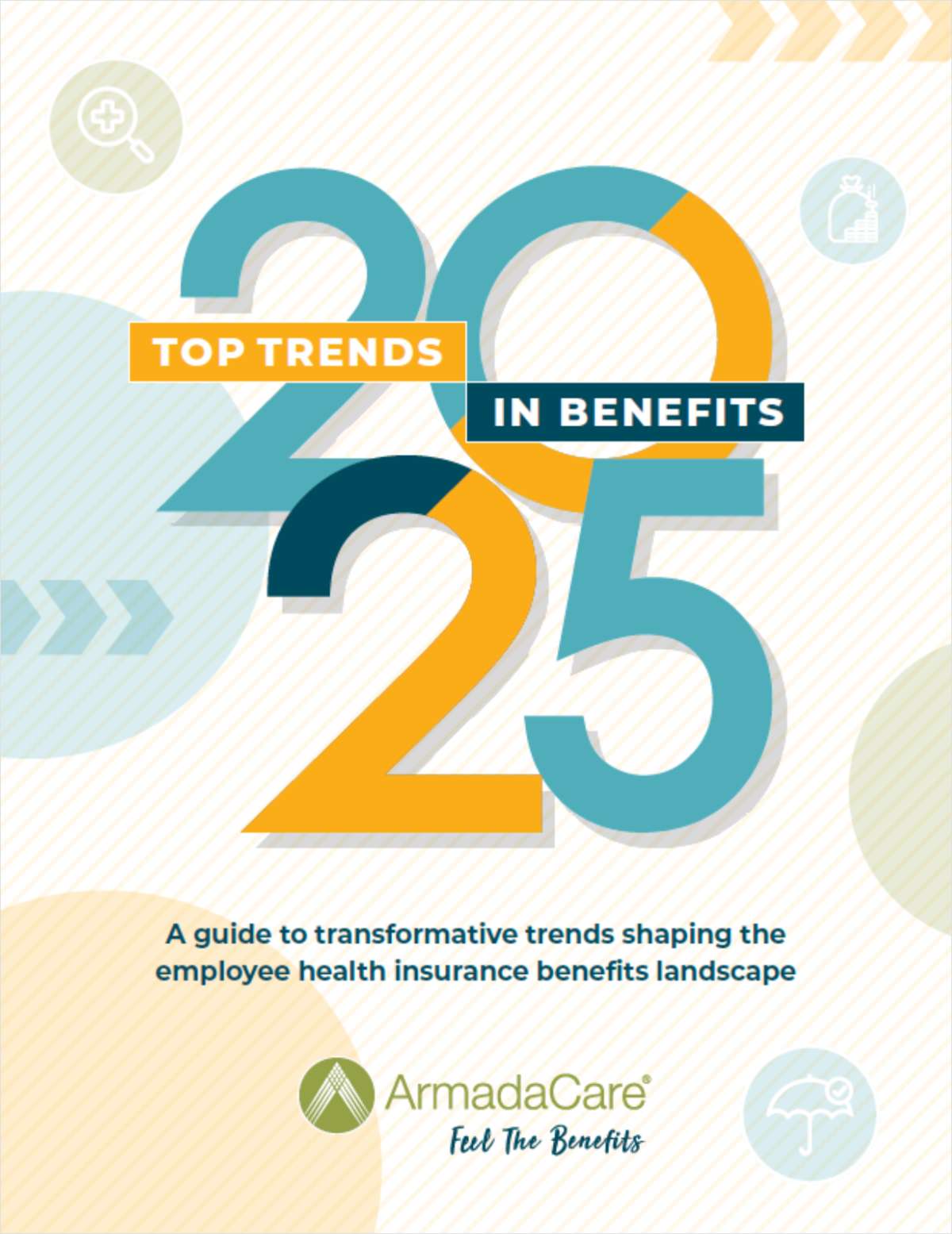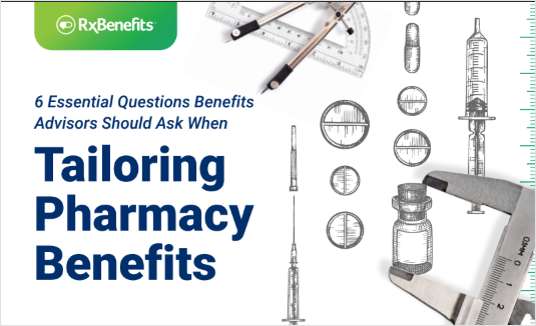The current political environment in Washington, D.C. has caused “new uncertainty” in the Affordable Care Act marketplaces, prompting some insurers to factor this into their double-digit premium increases on exchange plans for the coming year, according to a report released today by the Kaiser Foundation.
The report, “An Early Look at 2018 Premium Changes and Insurer Participation on ACA Exchanges,” says “Insurers have been unsure whether the individual mandate — which brings down premiums by compelling healthy people to buy coverage — will be repealed by Congress or to what degree it will be enforced by the Trump Administration.
“Additionally, insurers in this market do not know whether the Trump Administration will continue to make payments to compensate insurers for cost-sharing reductions, which are the subject of a lawsuit, or whether Congress will appropriate these funds,” the report says.
Some insurers explicitly factor this uncertainty into their initial premium requests, while other companies say if they do not receive more clarity or if cost-sharing payments stop, they plan to either re-file with higher premiums or withdraw from the market, according to the report. An additional factor driving rates this year is the return of the ACA’s health insurance tax, which adds an estimated 2 to 3 percentage points to premiums.
The foundation analyzed preliminary premiums and insurer participation in the 20 states and the District of Columbia where publicly available rate filings include enough detail to be able to show the premium for a specific enrollee. The analysis focused on the second-lowest cost silver plan in the major city in each state, as this plan plan serves as the benchmark for premium tax credits. Enrollees must also enroll in a silver plan to obtain reduced cost sharing tied to their incomes.
Across these 21 major cities, based on preliminary 2018 rate filings, the second-lowest silver premium for a 40-year-old non-smoker will range from $244 in Detroit to $631 in Wilmington, Delaware, before accounting for the tax credit that most enrollees in this market receive.
The steepest proposed increases in the unsubsidized second-lowest silver plan are in Wilmington (up 49 percent from $423 per month to $631 for a 40-year-old non-smoker), Albuquerque (up 34 percent from $258 to $346), and Richmond, Virgina (up 33 percent from $296 to $394). Meanwhile, unsubsidized premiums for the second-lowest silver premiums will decrease in Providence, Rhode Island (down 5 percent from $261 to $248 for a 40-year-old non-smoker) and remain essentially unchanged in Burlington, Vermont ($492 to $491).
Insurers assuming the individual mandate will not be enforced have factored in to their rate increases an additional 1.2 percent to 20 percent, according to the report. Those assuming cost-sharing subsidy payments will not continue have applied an additional rate increase ranging from 2 percent to 23 percent.
“Because cost-sharing reductions are only available in silver plans, insurers may seek to raise premiums just in those plans if the payments end,” the authors write. “We estimate that silver premiums would have to increase by 19 percent on average to compensate for the loss of CSR payments, with the amount varying substantially by state.”
The foundation stressed that the data in its report is preliminary, as states are still reviewing premiums and participation. Rates and participation are not locked in until late summer or early fall, as insurers must sign an annual contract by Sept. 27 in states using Healthcare.gov.
“Although the individual market on average has been stabilizing,” the report says, “the concern remains that another year of steep premium increases could cause healthy people — particularly those buying off-exchange — to drop their coverage, potentially leading to further rate hikes or insurer exits.”
Complete your profile to continue reading and get FREE access to BenefitsPRO, part of your ALM digital membership.
Your access to unlimited BenefitsPRO content isn’t changing.
Once you are an ALM digital member, you’ll receive:
- Breaking benefits news and analysis, on-site and via our newsletters and custom alerts
- Educational webcasts, white papers, and ebooks from industry thought leaders
- Critical converage of the property casualty insurance and financial advisory markets on our other ALM sites, PropertyCasualty360 and ThinkAdvisor
Already have an account? Sign In Now
© 2025 ALM Global, LLC, All Rights Reserved. Request academic re-use from www.copyright.com. All other uses, submit a request to [email protected]. For more information visit Asset & Logo Licensing.








